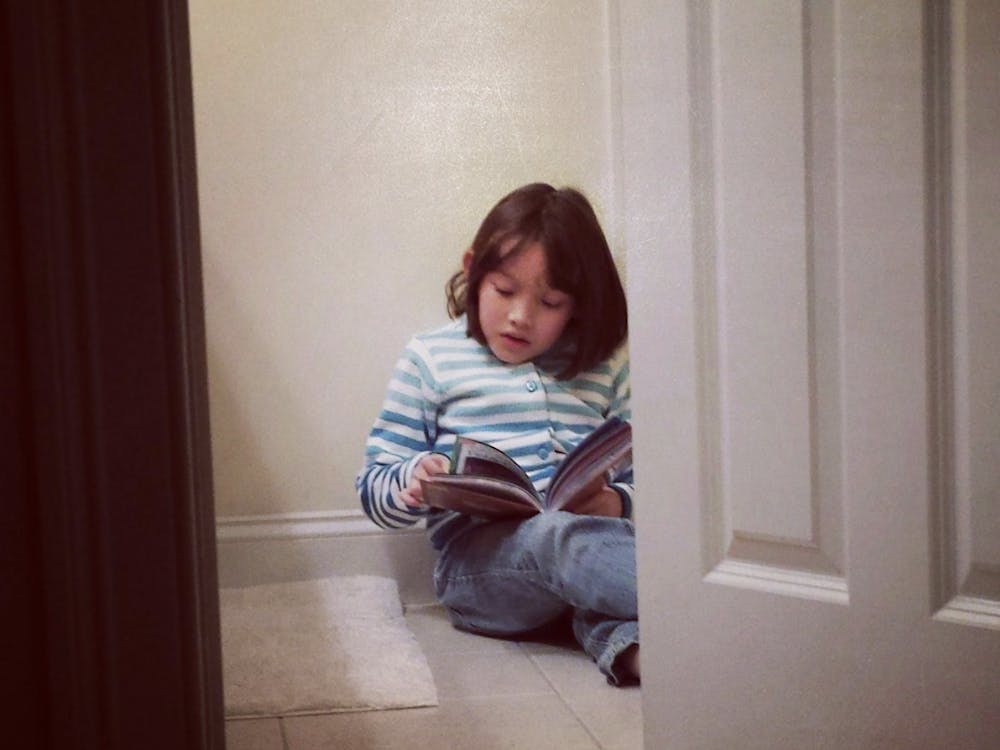
Everybody seems to love puppies and kittens and animals of all kinds — they’re cute, vulnerable, funny, companionate — yet so many people have misconceptions about how humans interact with animals.
As someone who grew up with animals, spent most of her life as a pescatarian and vegan and volunteers at an animal shelter, I wanted to highlight some of these misconceptions and actually explain the truths behind them.
Without knowing much about animal shelters, most people have heard the terms “kill shelters” and “no kill shelters”; two terribly named identifiers which stigmatize without demonstrating the true intent, hard work, necessity and good nature behind both.
I love all animal shelters, and both “kill” and “no kill” shelters are incredibly important. So I love and support “kill” shelters.
In order for you to understand why I support these “kill shelters,” I first need to give you a quick and general background on animal shelters.
There are two kinds of animal shelters: public (or municipal) shelters and private shelters.
Municipal shelters are open admission, meaning that they are obligated by contract to take in every animal that comes through their door. So if an owner has 73 guinea pigs that they surrender or 17 snakes come through their doors in boxes, that public shelter is mandated to admit every single one of them.
Whether they have the resources to treat, keep, train or maintain that animal or not, they need to take them in. So, clearly, open admission shelters are super important because without them, these animals would have nowhere else to go.
Alternatively, there are private shelters. Some private shelters are also open admission but a large majority of private shelters are limited admission — meaning that they do not have to admit every animal that comes through their doors. Most do not take in animals that they can’t help.
As such, private shelters often have higher live release rates because they can afford to be picky about who they admit. Live release rate (LRR) is defined as how many animals “get out alive,” you could say — it’s generally talking about adoption or animals being released back into the community (like feral cats).
Both private and municipal shelters are crucial. Municipal shelters are a public, governmental service that take in animals who otherwise have nowhere else to go. Private shelters are important, too, because they can specialize in certain programs and can take overflow animals from open admission shelters when possible.
For example, the shelter that I volunteer at is a private shelter but will take in transfer dogs and cats from public shelters when these public shelters run out of room.
Additionally, fostering becomes super important. Not only are you helping to make a pet more adoptable by training and getting to know its habits, but also you’re freeing up space and shelter resources to take in more animals in need and, in turn, save animals’ lives.
Now let’s move on to specifically what has been coined a “kill shelter” versus a “no kill shelter.” “No kill shelters” are shelters that have a 90 percent or above live release rate.
In other words: no healthy, adoptable or treatable animals are killed in these shelters.
Generally, based on the contractual obligations of municipal shelters and their limited resources — in part due to these stigmatizations surrounding the awful label of “kill shelters” — municipal shelters are generally the ones with lower live release rates and are called “kill shelters.”
This is the trend but not the rule; open admission shelters can certainly be no kill shelters, too. They often just don’t have the support from their community to be such.
Since private shelters have the autonomy to choose which animals they admit (aka they can choose to only admit as many animals as they have resources for), they have really high live release rates.
The only way to help get rid of “kill shelters” and increase this LRR is to support open admissions shelters by volunteering or donating. Well-intentioned people often say that they cannot support any animal facility which would euthanize adoptable animals.
But if shelters are mandated to take in animals that they do not have the capacity to care for and are not getting the help they need from their community (foster parents, program participants) and are instead facing stigmatization for being deemed a “kill shelter,” then there’s little chance of these animals having a live release.
Distancing oneself from “kill shelters” and alienating your support from them is actually creating the problem these well-intentioned individuals are complaining about.
Finally, it is important to consider that all workers and volunteers in animal shelters, especially open admission ones, love animals. No one working there wants to kill animals. Rates of depression and suicide are really high in open admission shelters. The workers are well-meaning people who lack community support.
Having the courage to work in open admission shelters is “making yourself vulnerable to suffering that you might not be able to prevent.”
And that deserves some love and support.





